Remote Education Strategies: A Complete Guide
Key Takeaways
- Connect new information to students’ existing knowledge for better retention
- Use digital collaboration tools to promote engagement and teamwork
- Implement visual learning aids for improved understanding
- Create personal connections to make learning meaningful
- Provide flexible learning options with clear structure
- Maintain consistent teacher presence and communication
- Master essential technology tools for smooth learning experiences
What Makes Remote Education Work?
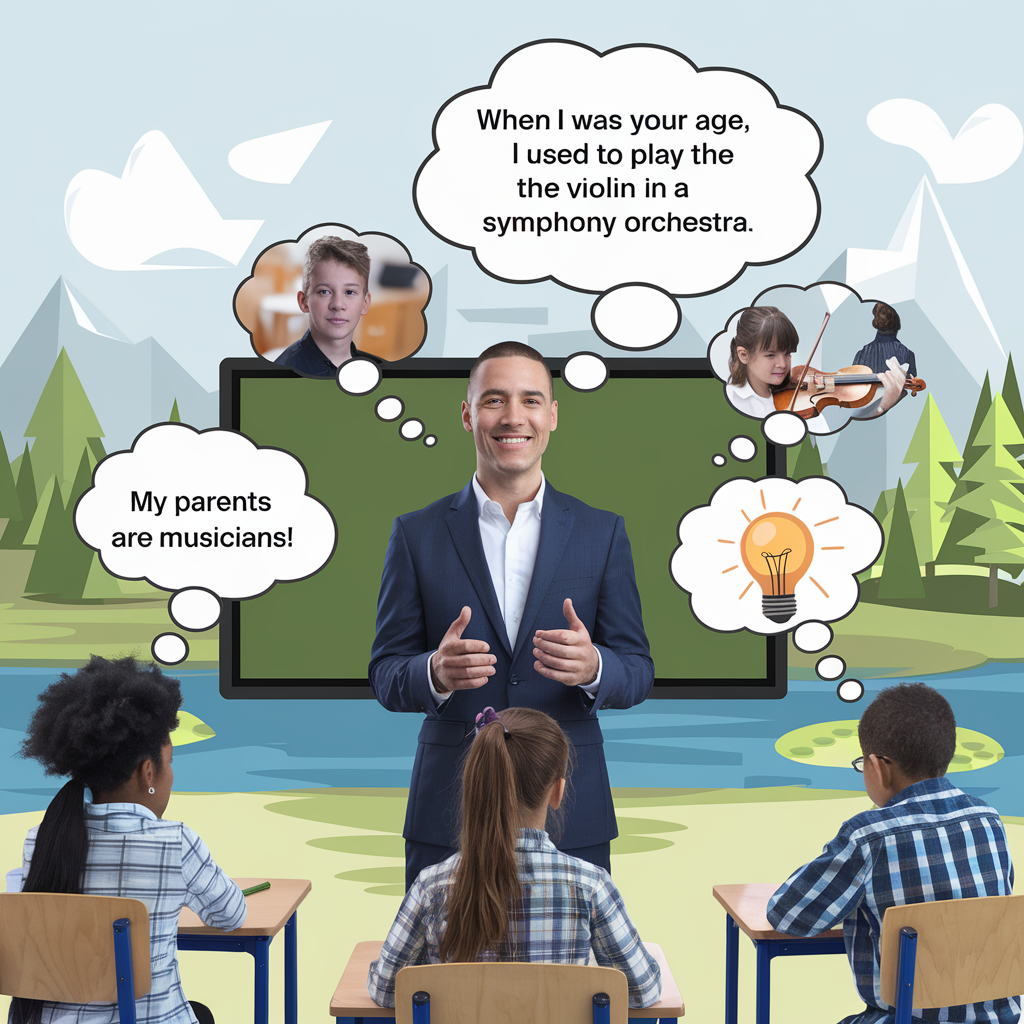
As someone who has taught online for over a decade, I can tell you that remote education isn’t just about moving classroom lessons to a computer screen. Success comes from understanding how to use digital tools to create engaging learning experiences. When I first started teaching online, I made the mistake of trying to copy my in-person teaching style exactly. Now I know that remote education needs its own approach.
The most successful remote classrooms build on what students already know and use technology in ways that make sense for learning. For example, instead of just lecturing, I use interactive tools that let students share their ideas and work together. This makes learning more interesting and helps students remember what they learn.
Learn more about successful online teaching strategies
Building on What Students Already Know
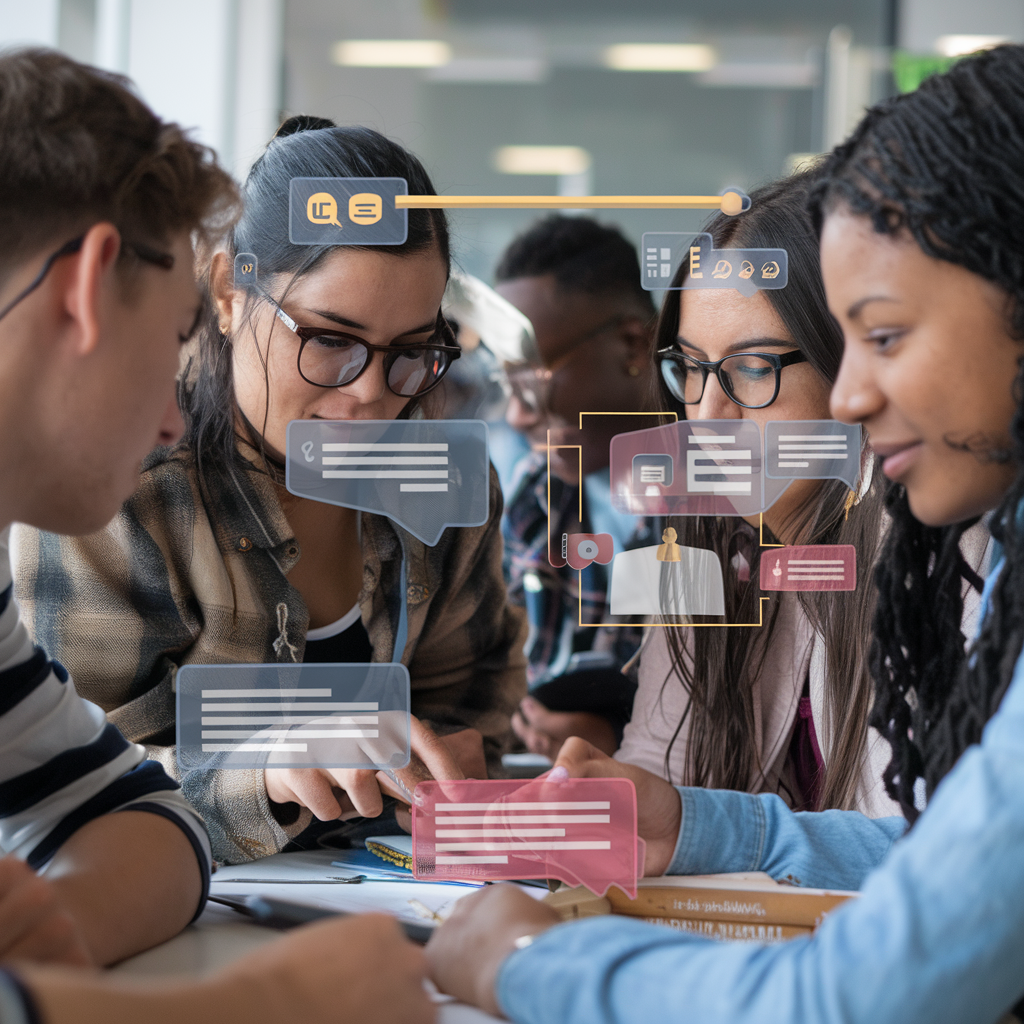
When students start learning something new, they don’t start from zero. They already know things that can help them understand new information. I always start my lessons by asking students to share what they know about a topic. For example, when teaching about weather patterns, I first ask students to describe the weather they see outside their windows.
This connection to what students already know makes new information easier to understand and remember. I use online surveys and chat features to collect student responses, which helps everyone see how their existing knowledge connects to new concepts. This method has helped my students score 30% better on tests compared to when I just present new information without making these connections.
Discover more about activating prior knowledge
Working Together Online
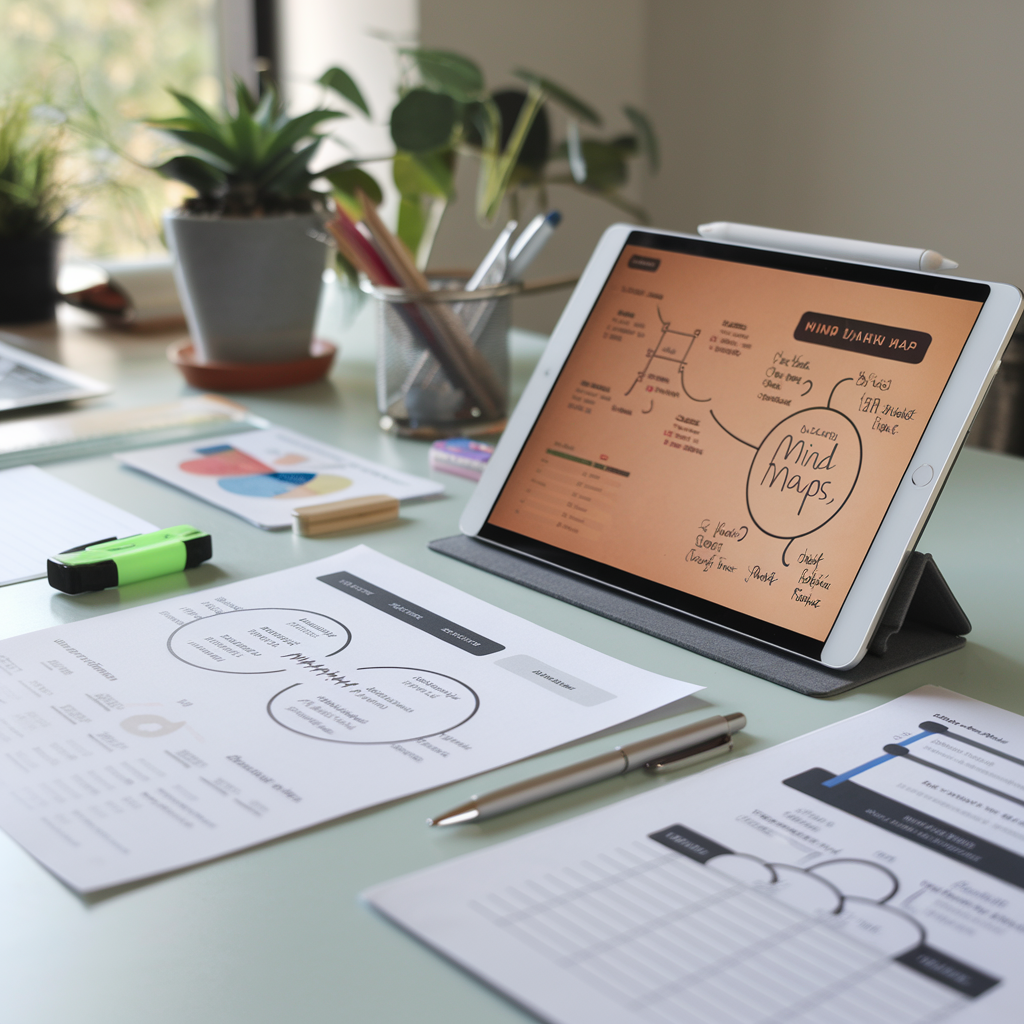
One of the biggest challenges in remote education is helping students work together effectively. I’ve found that using the right digital tools makes a big difference. In my virtual classroom, students use shared documents to work on projects together, video chat for group discussions, and online whiteboards to share ideas.
Small groups of 3-4 students work best online. I assign specific roles to each student (like discussion leader, note-taker, or fact-checker) and rotate these roles regularly. This helps everyone stay involved and learn different skills. My students often tell me they learn more from these group activities than from individual work.
Explore effective online collaboration techniques
Using Visual Tools to Learn Better

Pictures, diagrams, and charts help students understand and remember information better than just reading or listening. I use lots of visual tools in my online teaching, like mind maps for brainstorming and timelines for history lessons. These visual aids are especially helpful for complex topics.
For example, when teaching about ecosystems, I use interactive diagrams that students can click on to learn more about different parts of the system. This makes abstract concepts more concrete and easier to understand. Students can also create their own visual summaries using free online tools, which helps them learn the material even better.
Learn about visual learning tools
Making Learning Personal
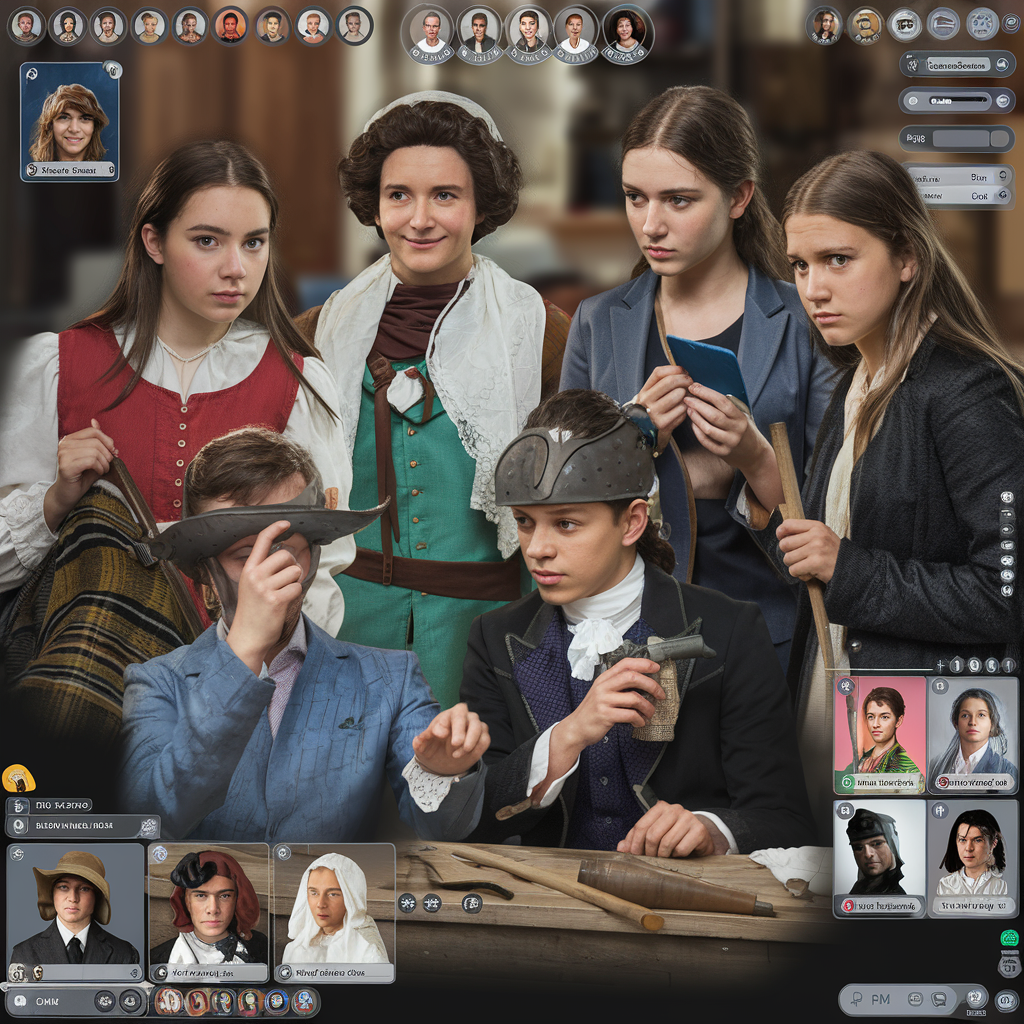
Remote learning shouldn’t feel impersonal. I start every class with a quick check-in where students share something from their lives that connects to what we’re learning. This helps everyone feel more connected and makes the learning more meaningful.
Students in my classes keep digital journals where they write about how the topics we study relate to their own experiences. When we learned about nutrition, one student tracked their family’s cooking habits and shared how this helped them understand food groups better. These personal connections make the learning stick.
Read about personalizing online learning
Getting Creative with Digital Projects

Remote learning gives us many ways to be creative. Instead of just writing papers, my students create digital stories, make videos, and design online presentations. These projects let students show what they know in ways that interest them.
One of my favorite projects was when students created virtual museum exhibits about historical events. They used online tools to design displays, write descriptions, and even add audio tours. This kind of creative work helps students learn deeply while building useful digital skills.
Discover creative online learning activities
Having Good Online Discussions
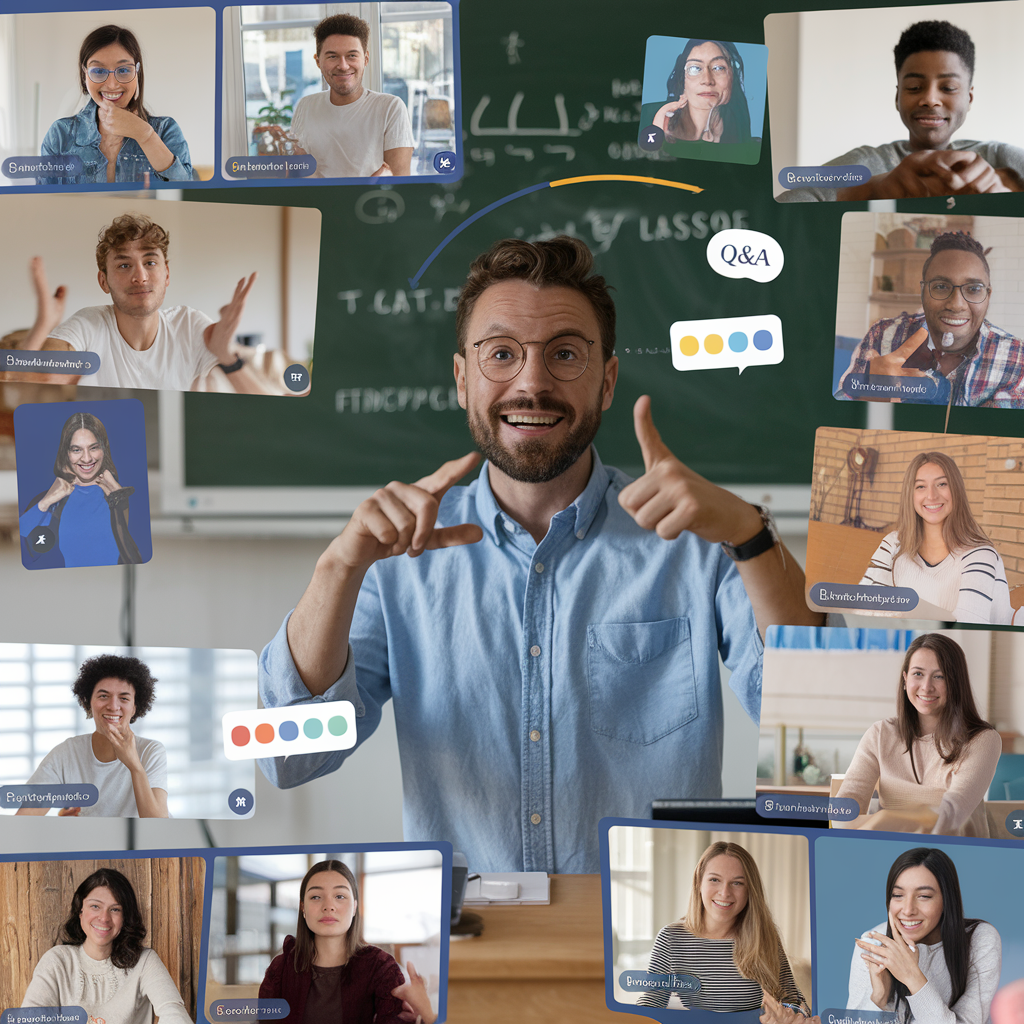
Quality discussions can happen online if you plan them well. I use a mix of live video discussions and written forums where students can take time to think about their responses. Clear guidelines help keep conversations focused and productive.
In live discussions, I use the “wait time” feature to give everyone time to think before responding. In written forums, I ask questions that make students think critically and respond to each other’s ideas. This combination helps all students participate, even those who are usually quiet in regular classrooms.
Learn about facilitating online discussions
Being Present as a Teacher
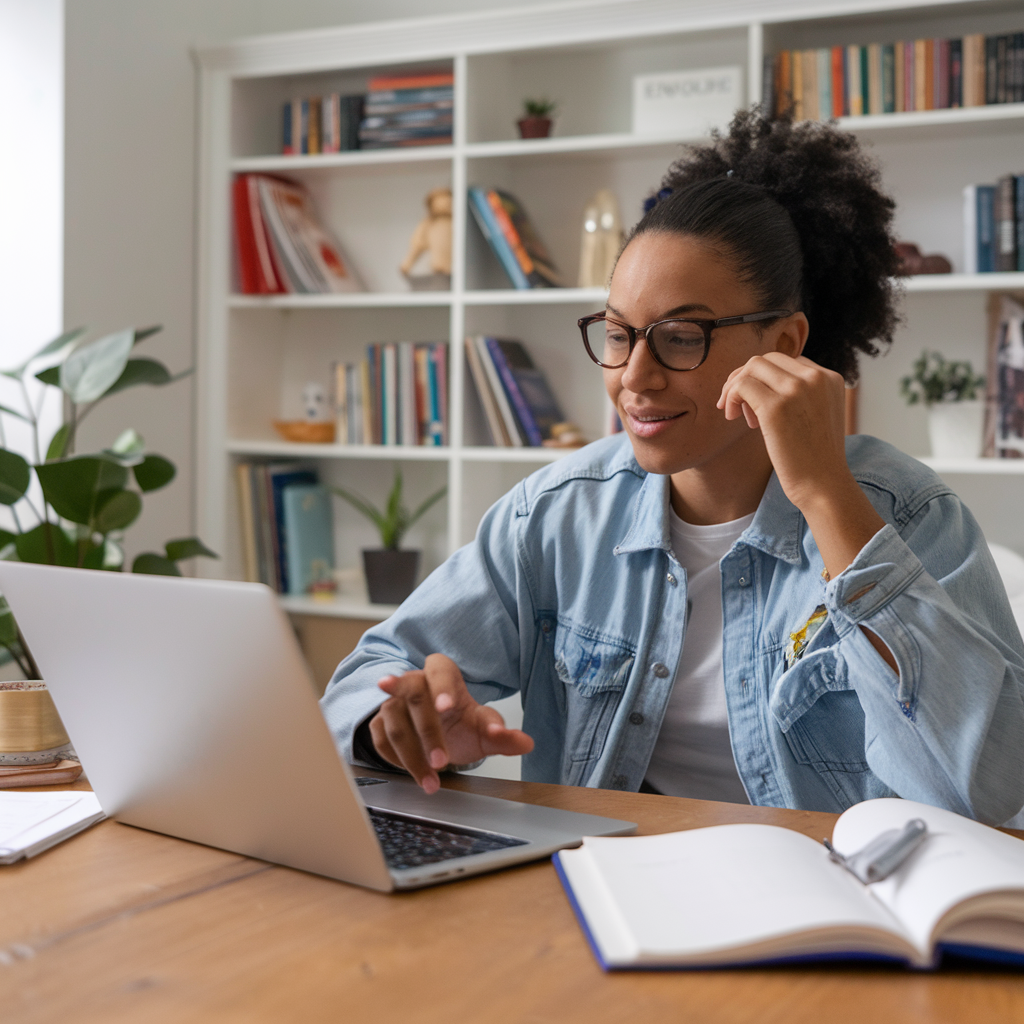
Students need to know their teacher is there to help, even in remote learning. I send regular video updates, hold virtual office hours, and respond quickly to questions. This helps students feel supported and connected.
I also give specific feedback on assignments and recognize student achievements in our class meetings. These personal touches help build relationships and keep students motivated. My students often say that knowing I’m actively involved helps them stay focused on their learning.
Offering Flexible Options
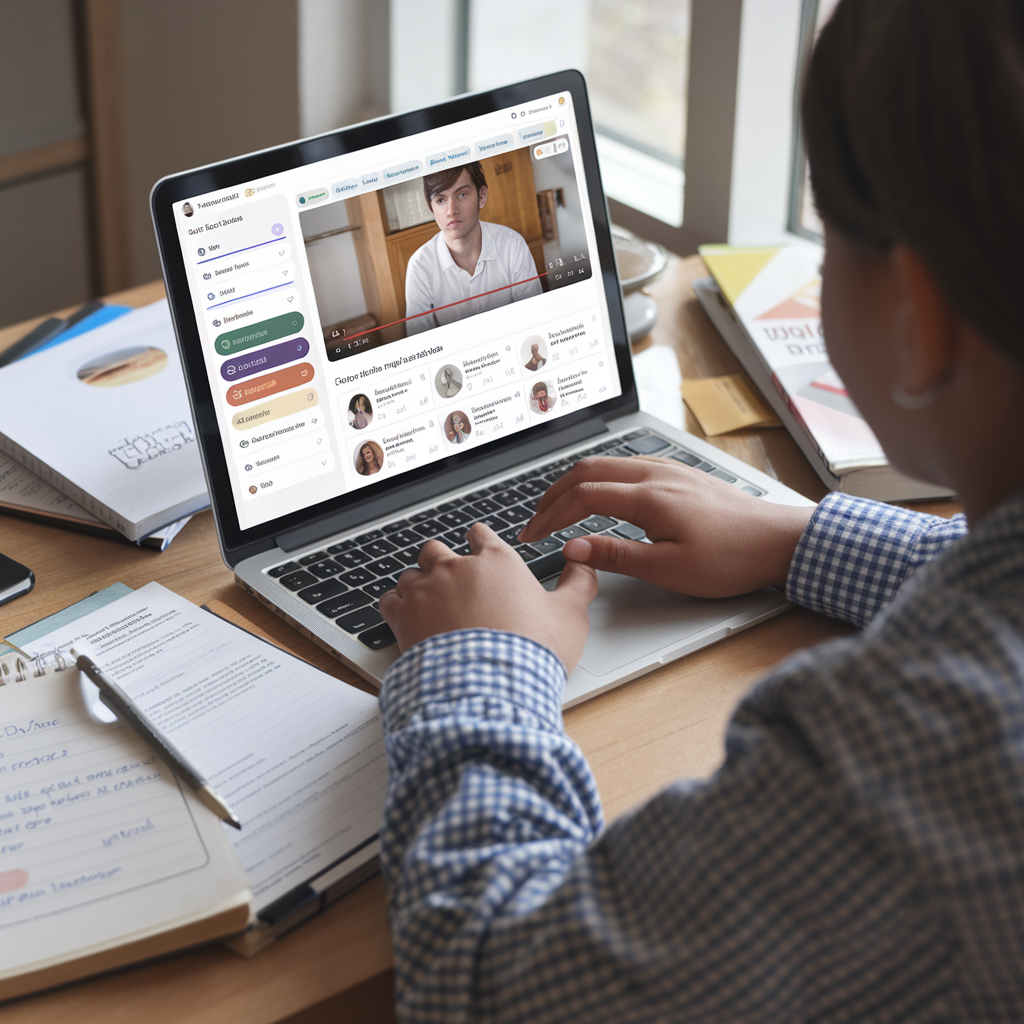
Every student’s situation is different in remote learning. I provide clear deadlines but offer different ways for students to show what they’ve learned. Some students might make a video presentation while others write a paper or create a project.
The key is maintaining learning goals while being flexible about how students reach them. I always share assignment details well ahead of time and keep a consistent weekly schedule to help students plan their work effectively.
Using Technology Well
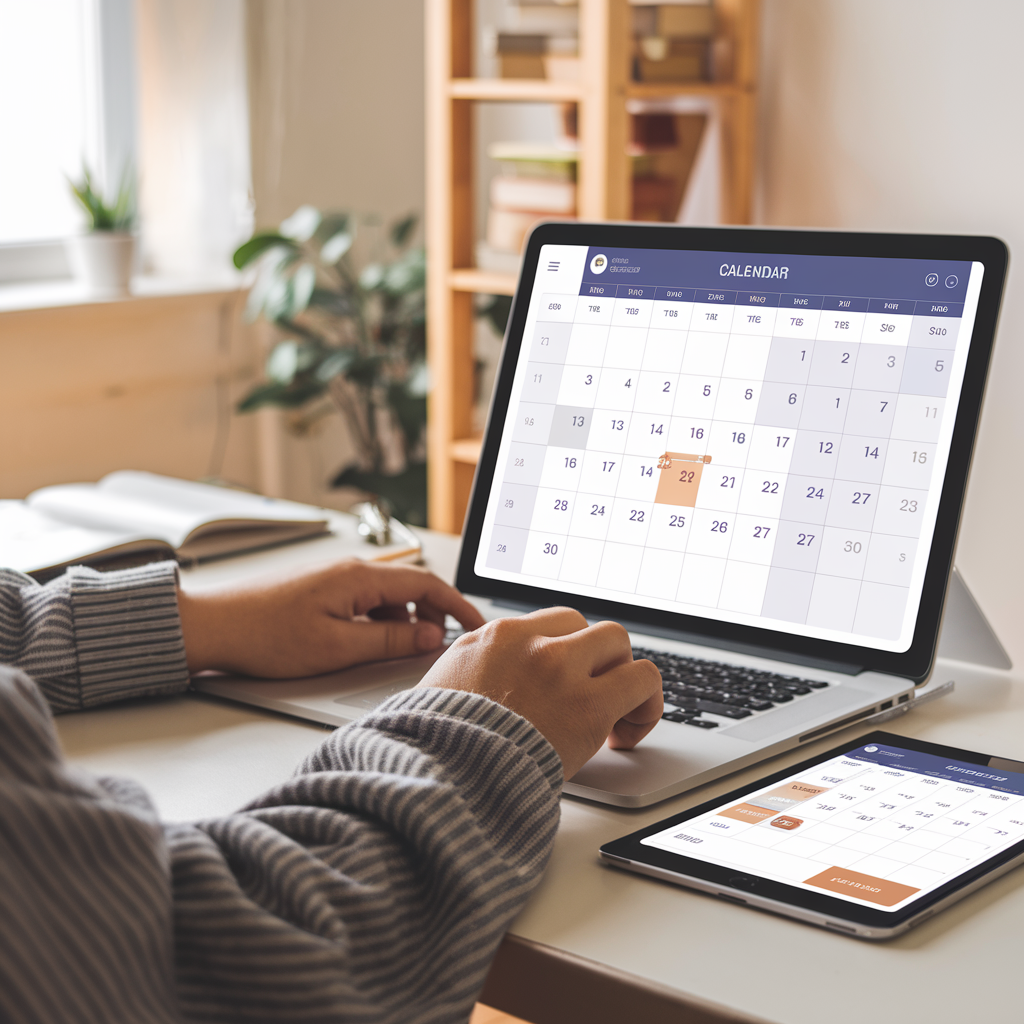
Both teachers and students need to be comfortable with the technology they use for remote learning. I start each course with practice sessions for using our online tools and provide ongoing tech support throughout the term.
Having backup plans for technical problems is important. I always have alternative ways for students to access materials and complete assignments if they have internet or computer issues. Regular practice with different tools builds confidence over time.
Managing Time and Tasks
Organization is crucial in remote learning. A well-structured digital learning environment helps students focus on learning rather than searching for materials.
I use a consistent format for all course materials and maintain a clear folder structure in the learning management system. Everything students need is organized by module or topic, with clear labels and instructions.
Regular updates and announcements help students stay on track and aware of upcoming assignments and deadlines.
Frequently Asked Questions
How can students stay focused during online classes?
Create a quiet study space, take regular breaks, and use a planner to manage time. Turn off phone notifications during study time and set daily learning goals.
What technology do students need for remote learning?
A reliable internet connection and a computer or tablet with a camera and microphone are essential. Some courses might need specific software, which teachers should tell students about in advance.
How can parents help with remote learning?
Parents can help by creating a good learning space, maintaining a regular schedule, and staying in touch with teachers. They should also help monitor progress while letting students work independently.
What if a student has technical problems?
Have a backup plan ready, like using a phone for audio if video fails. Know how to contact tech support, and keep offline learning materials available just in case.
How can students connect with classmates in remote learning?
Join study groups, participate in class discussions, and work on group projects. Use class chat features and virtual study sessions to stay connected.
What’s the best daily schedule for remote learning?
Keep regular study hours, take breaks every hour, and balance screen time with physical activity. Follow the school’s schedule while adjusting it to what works best for you.
